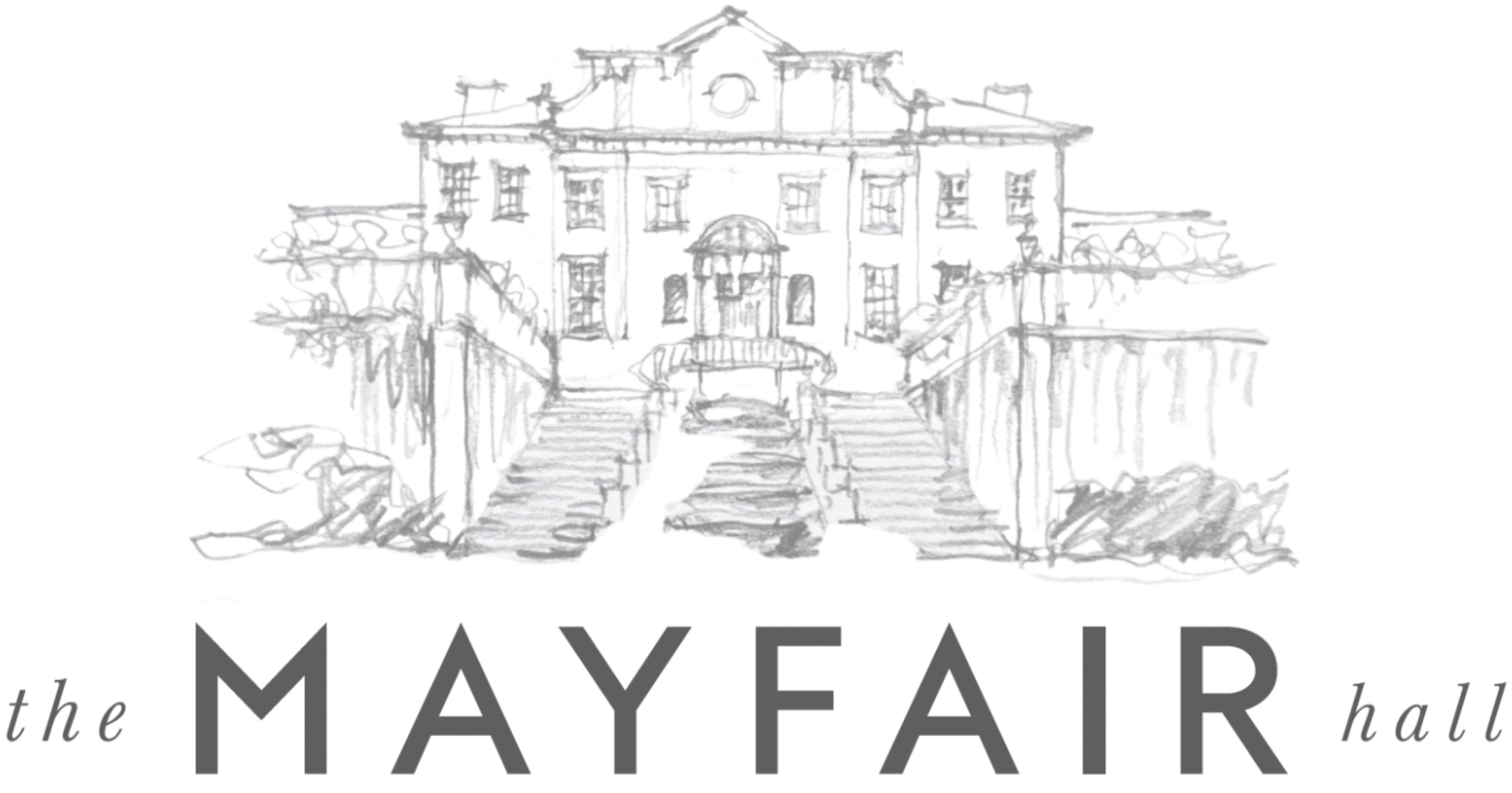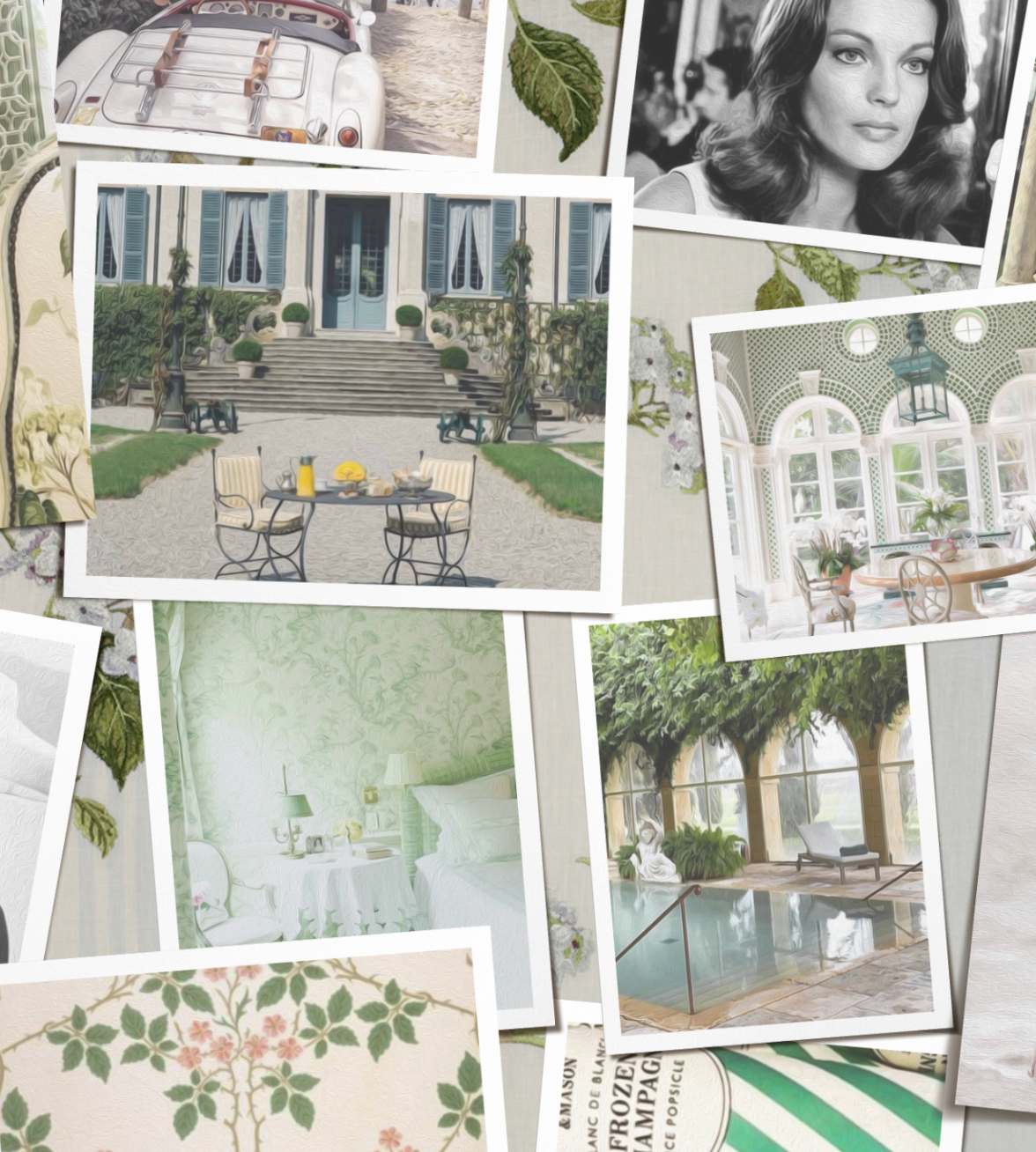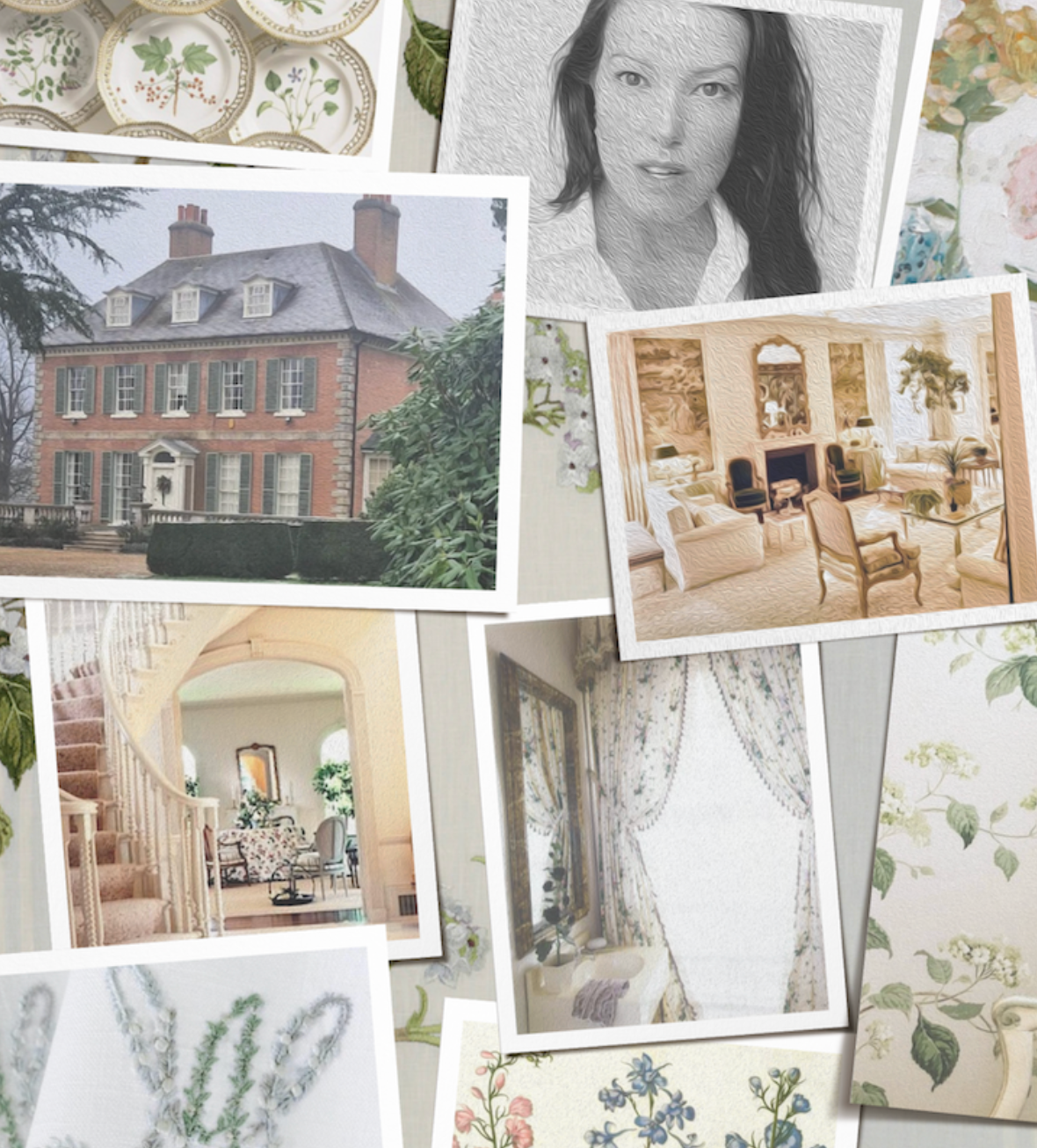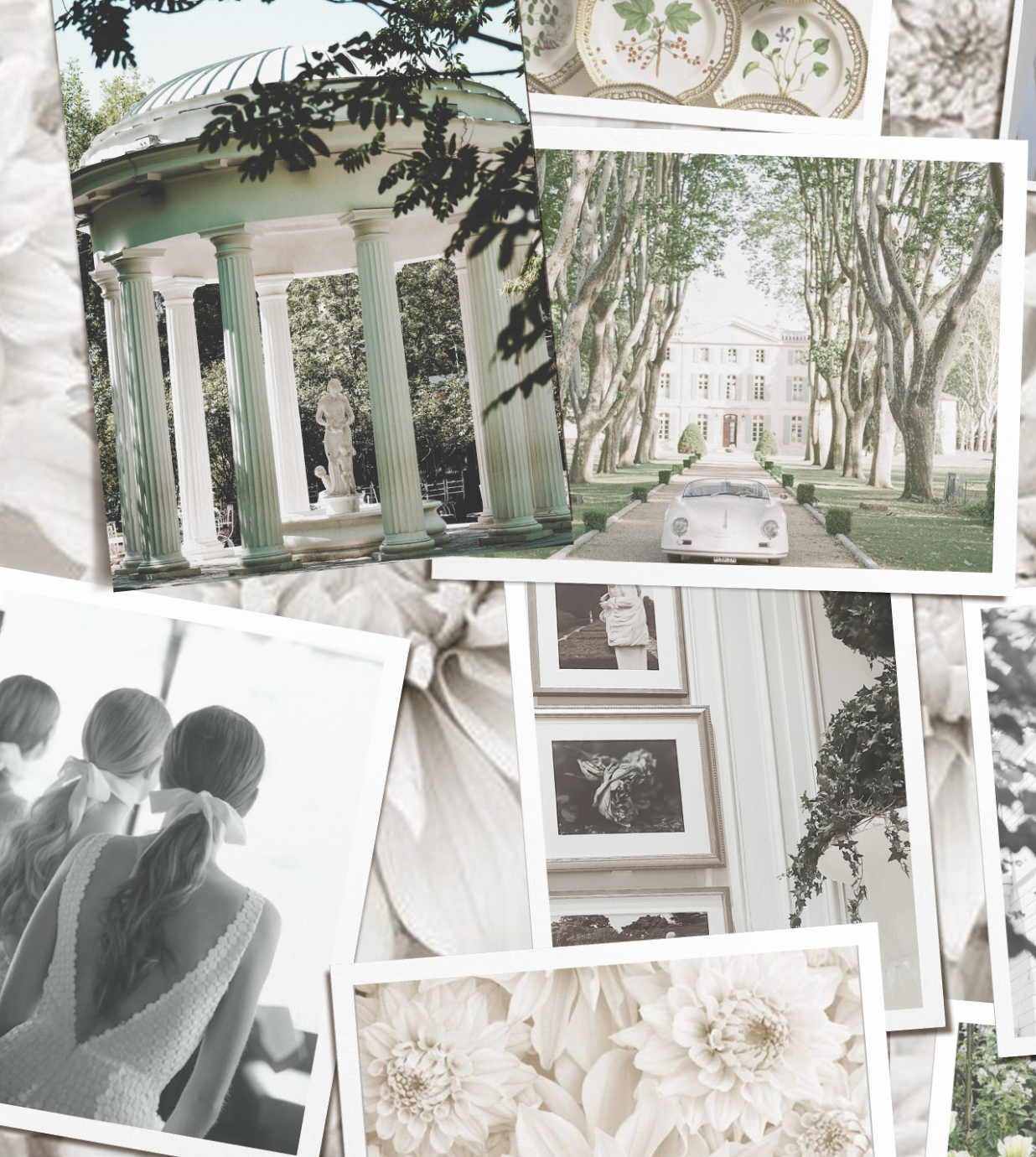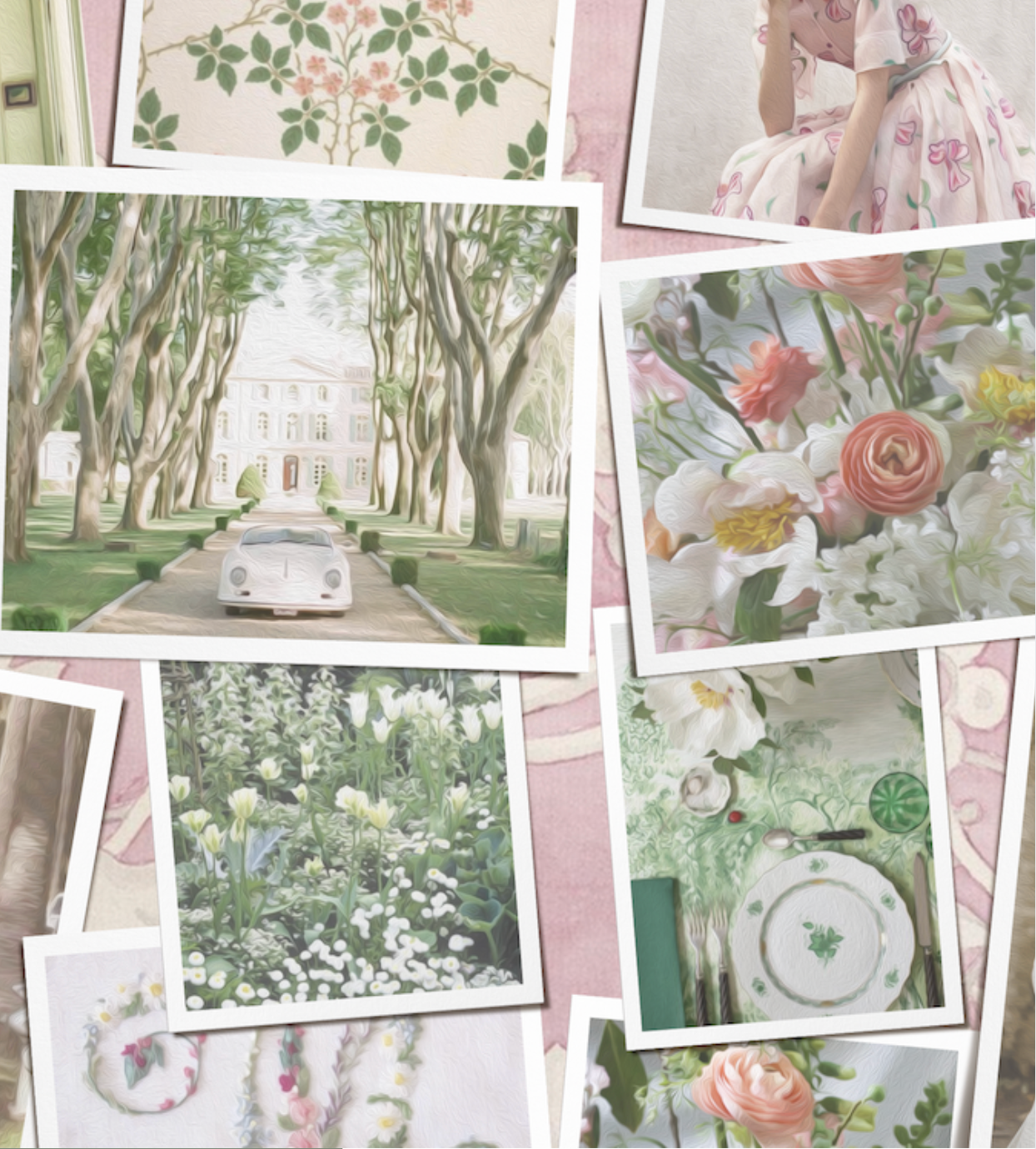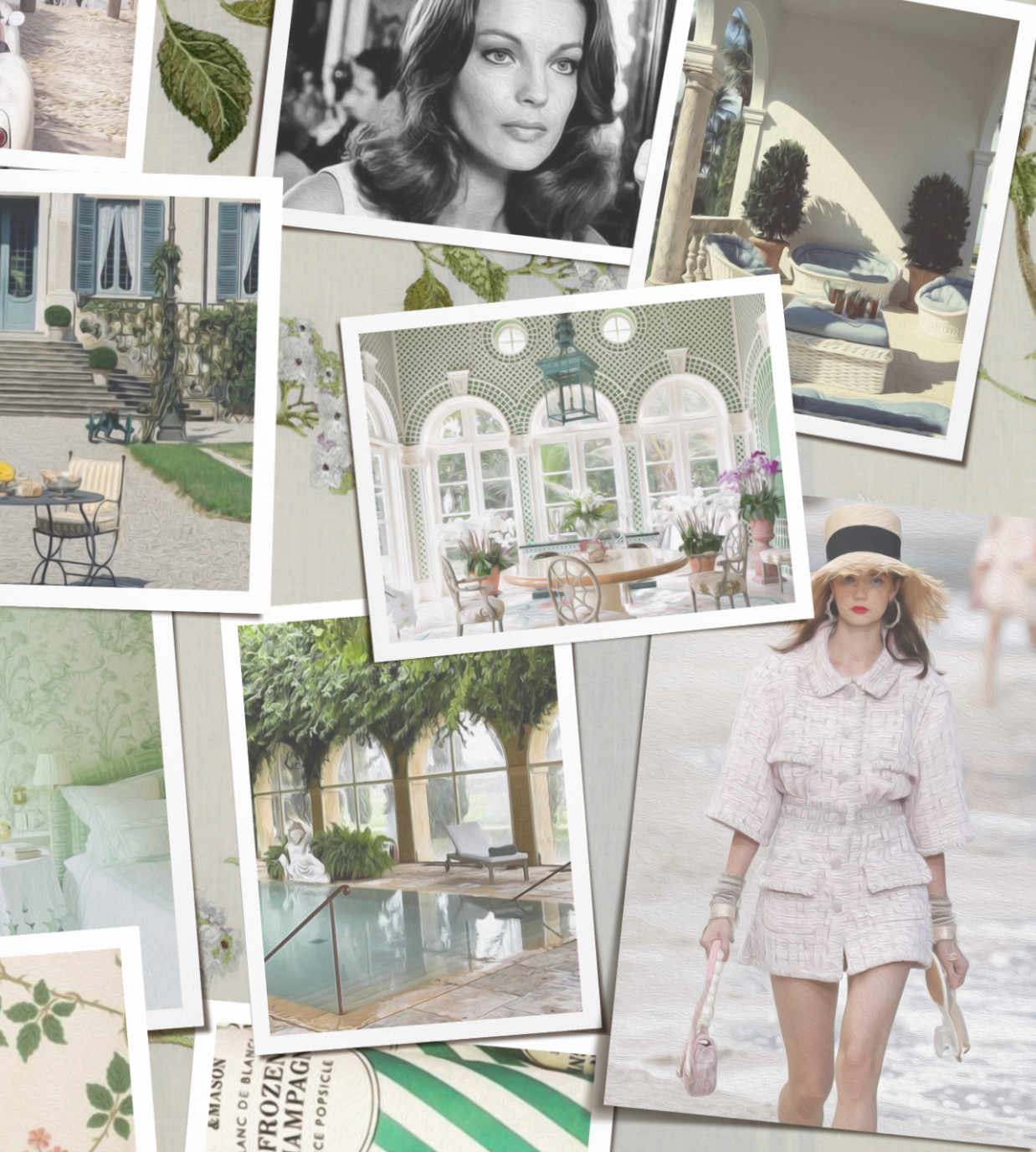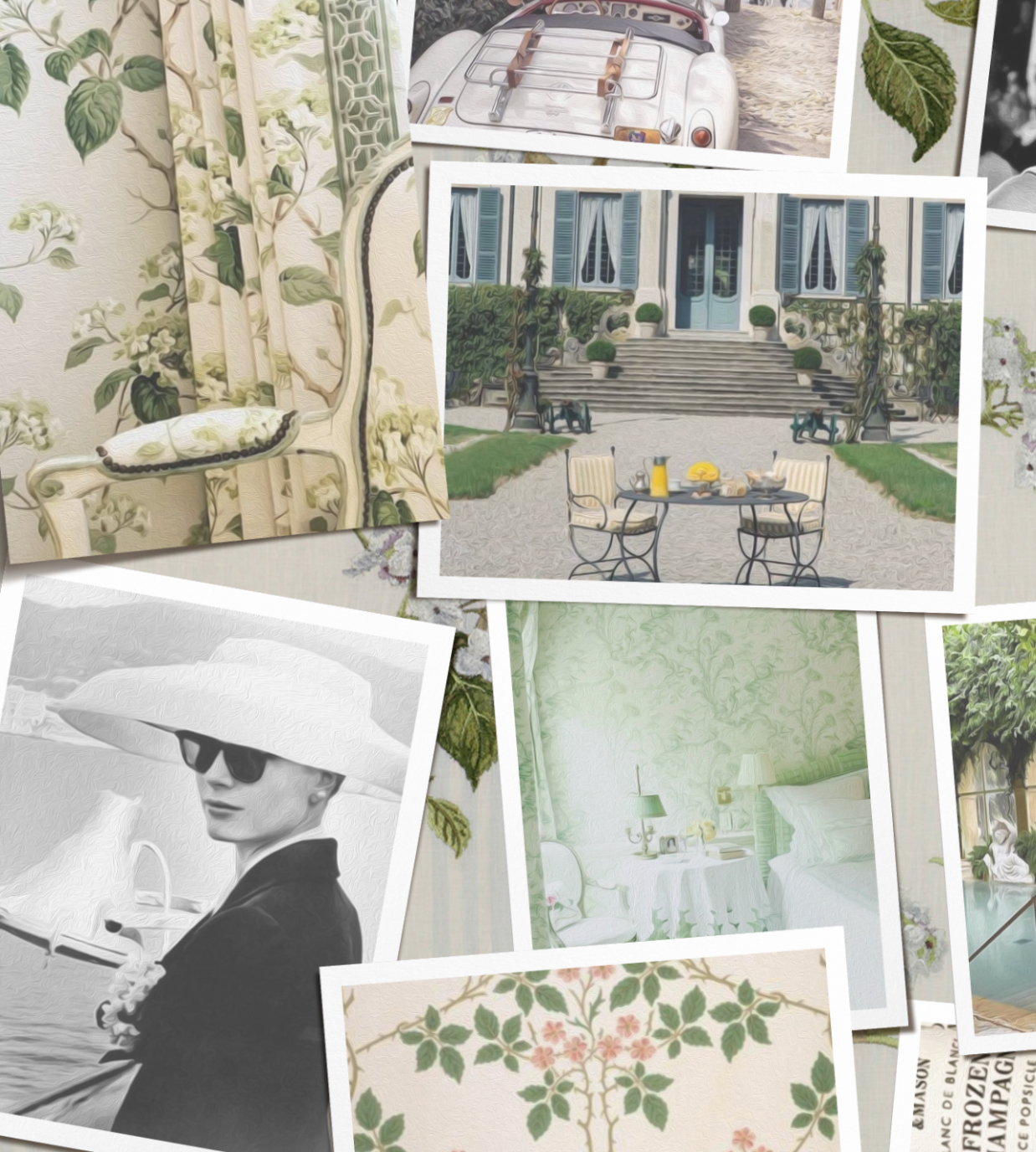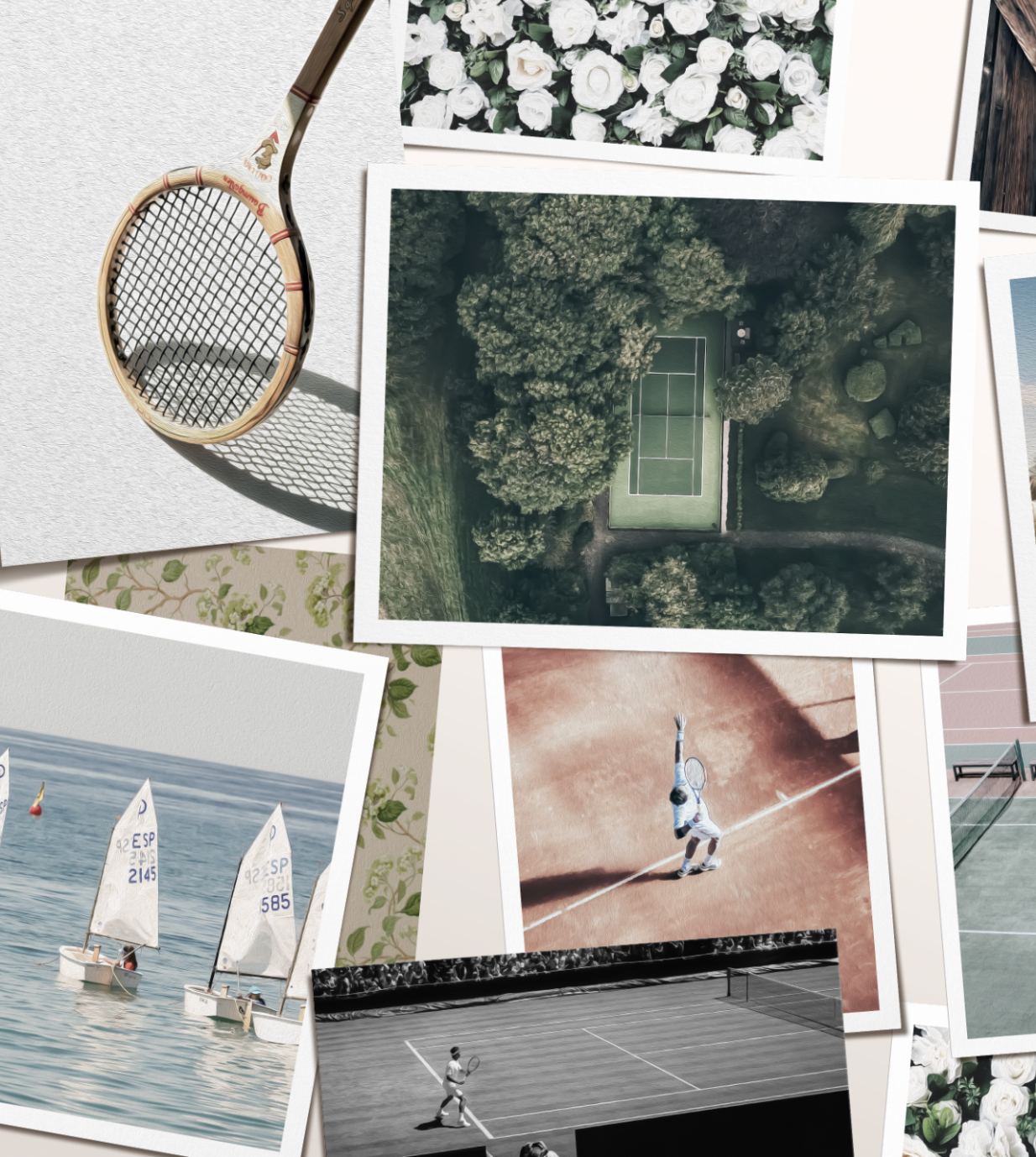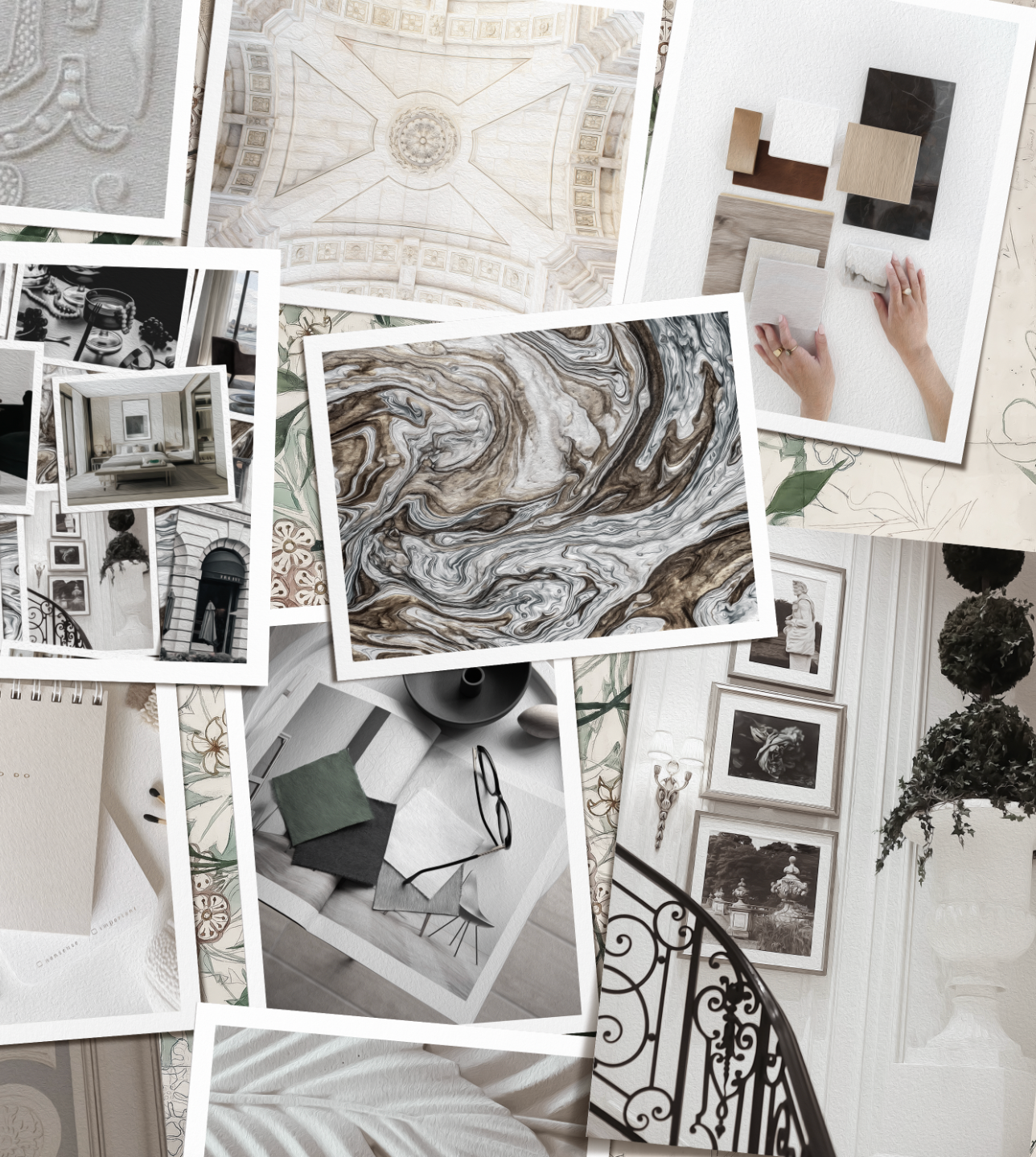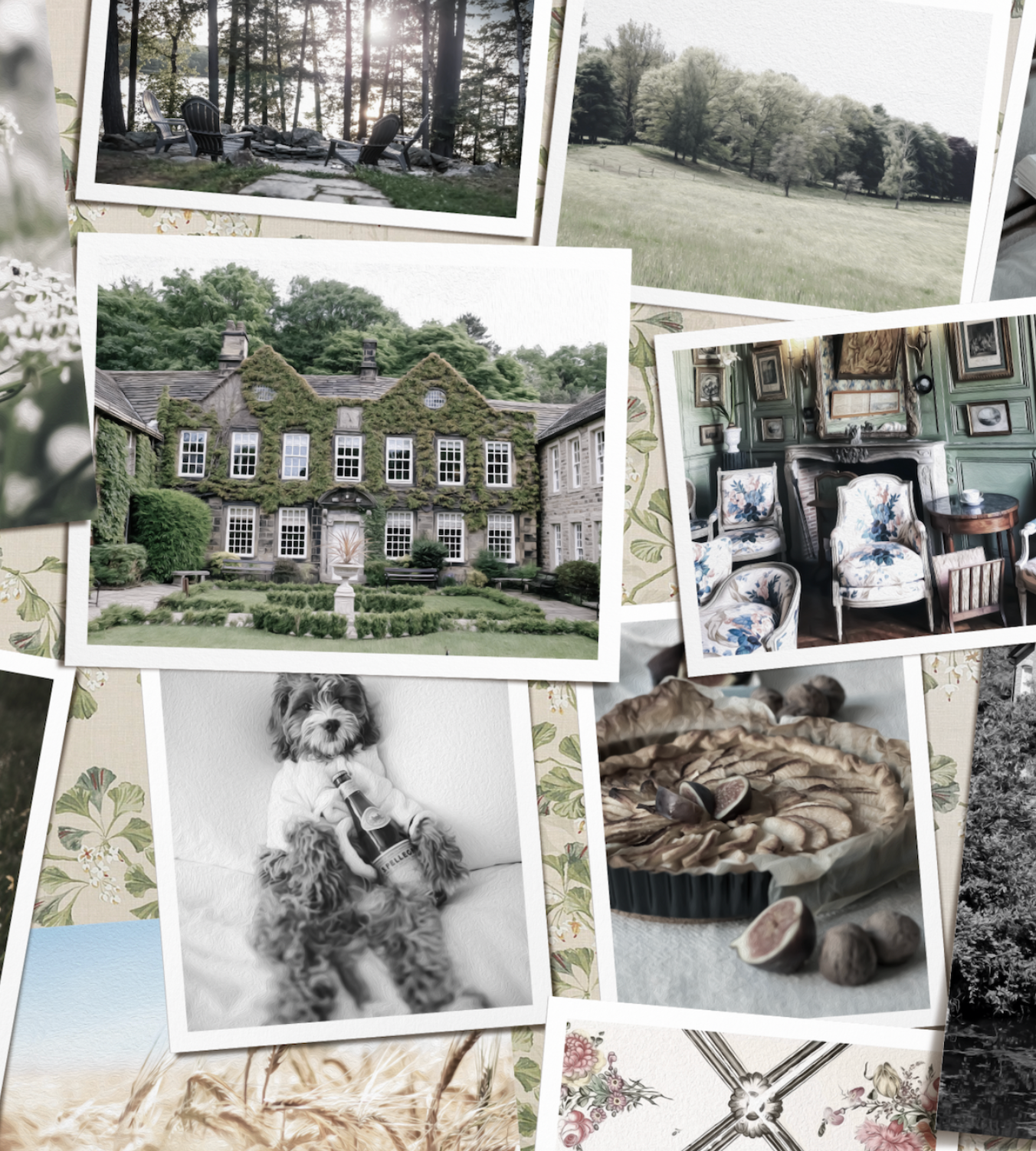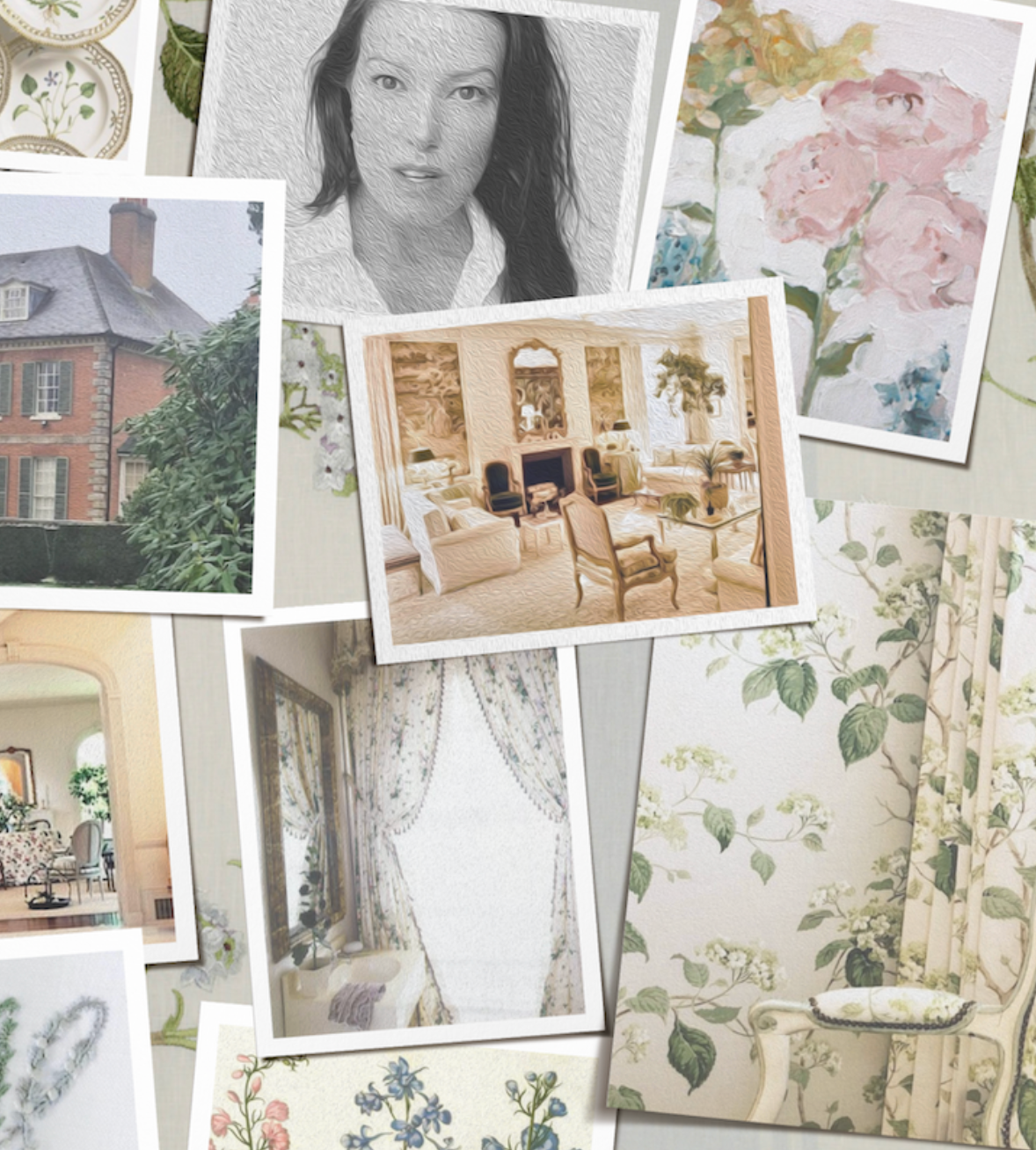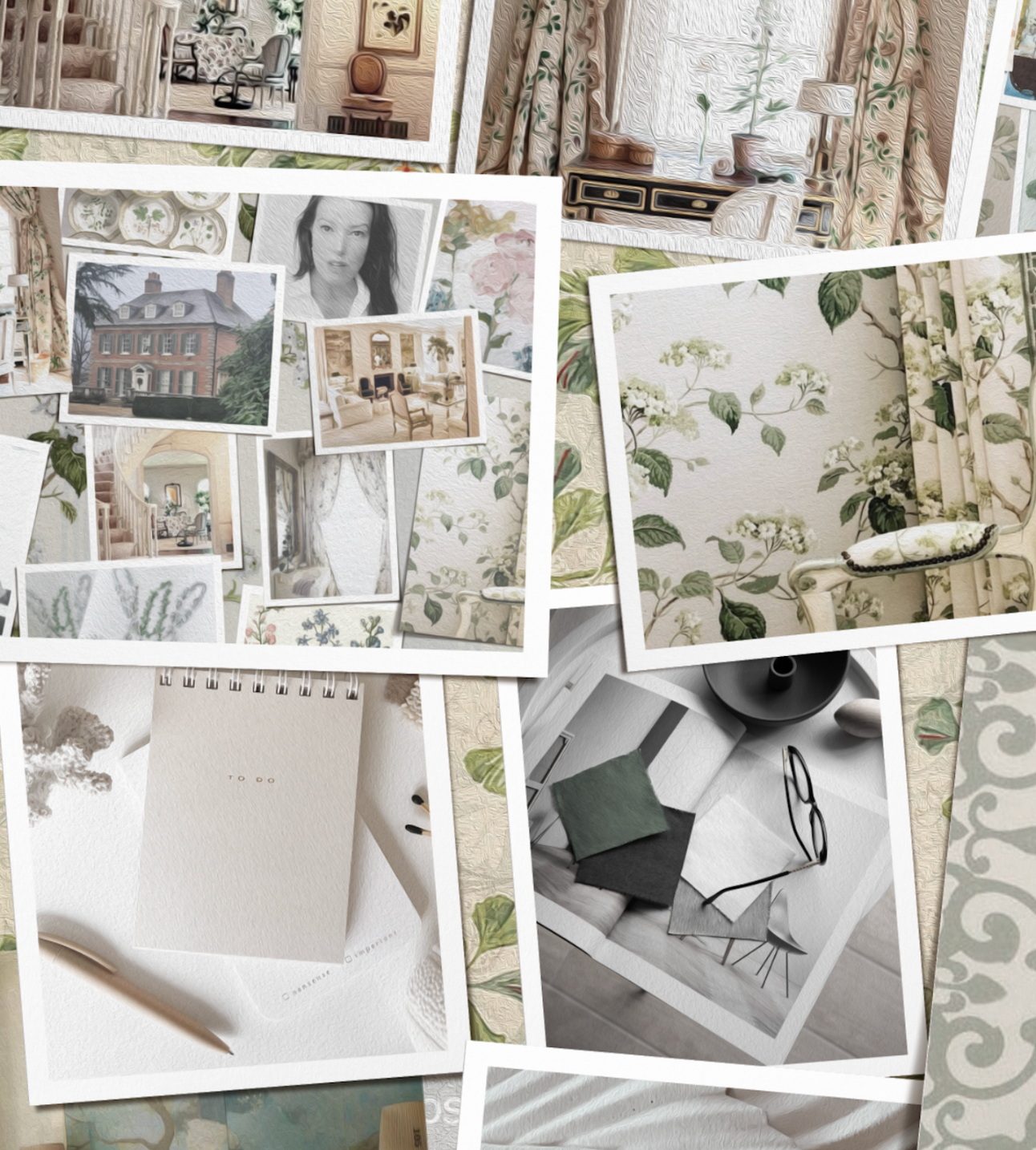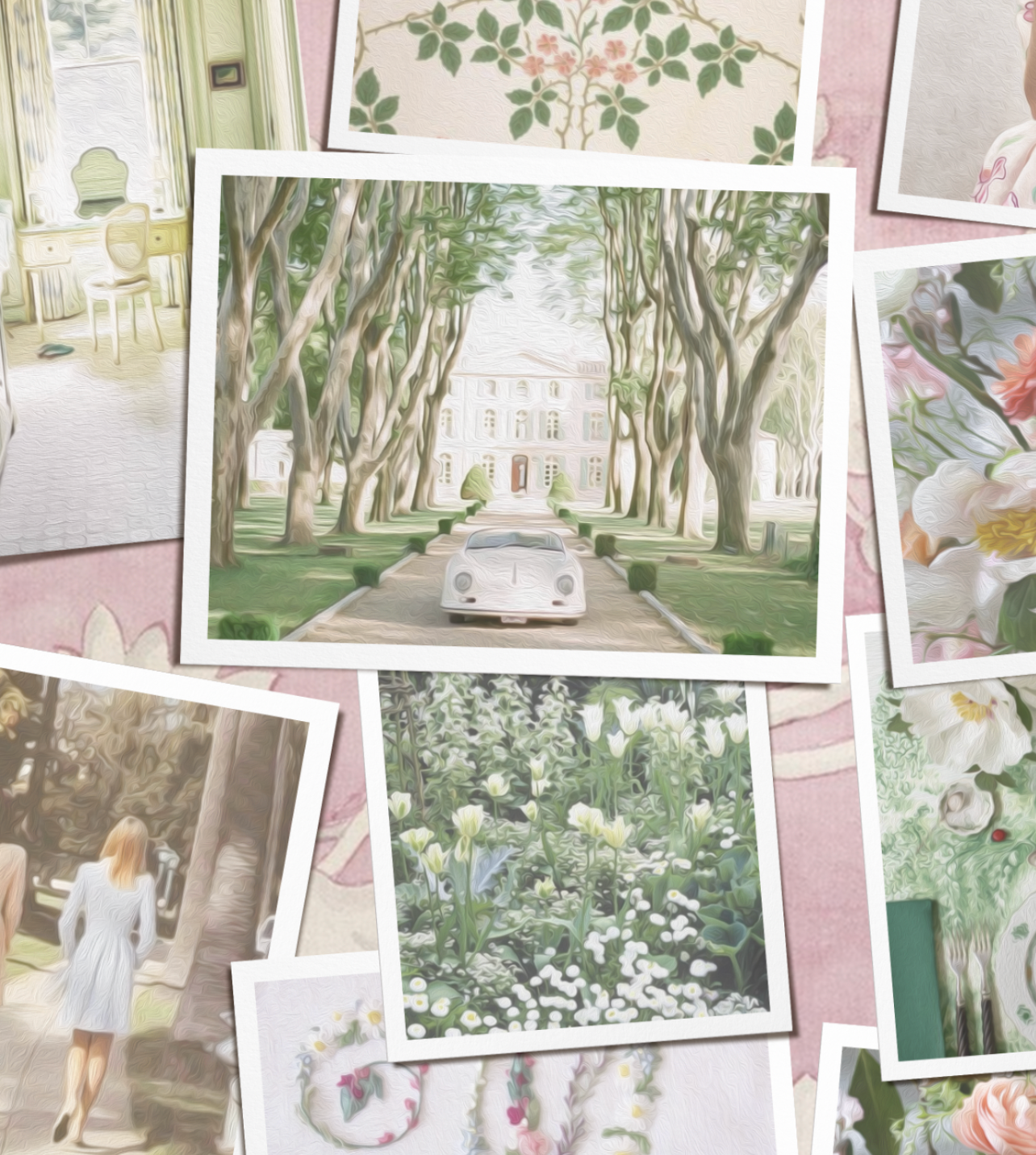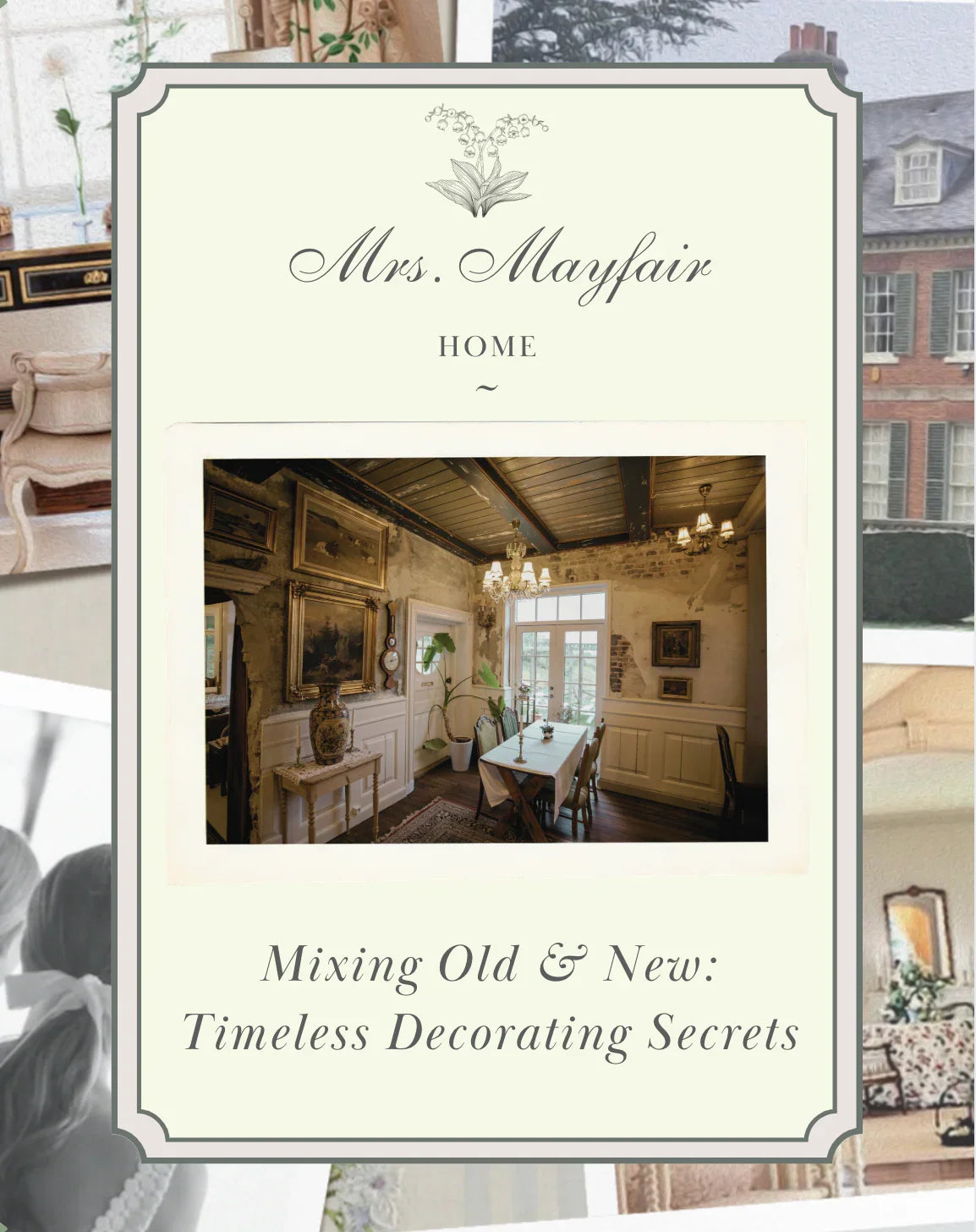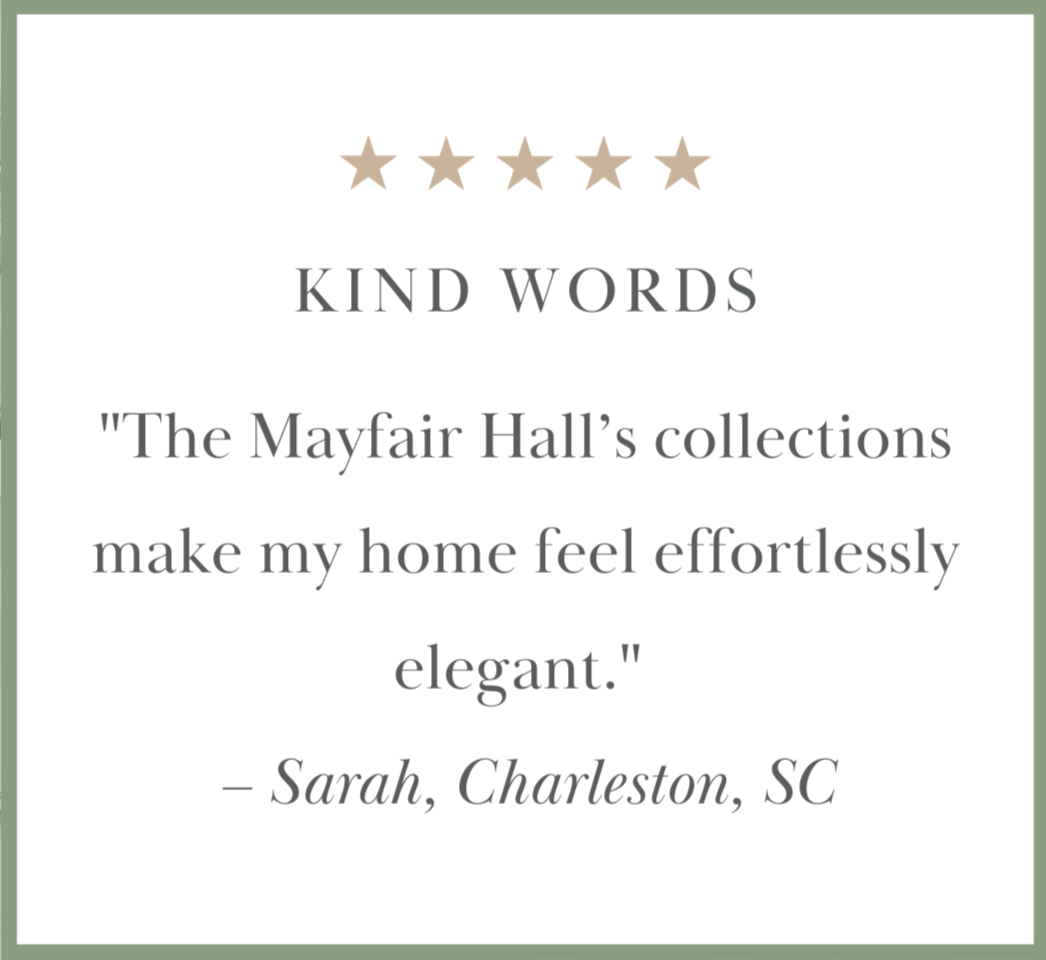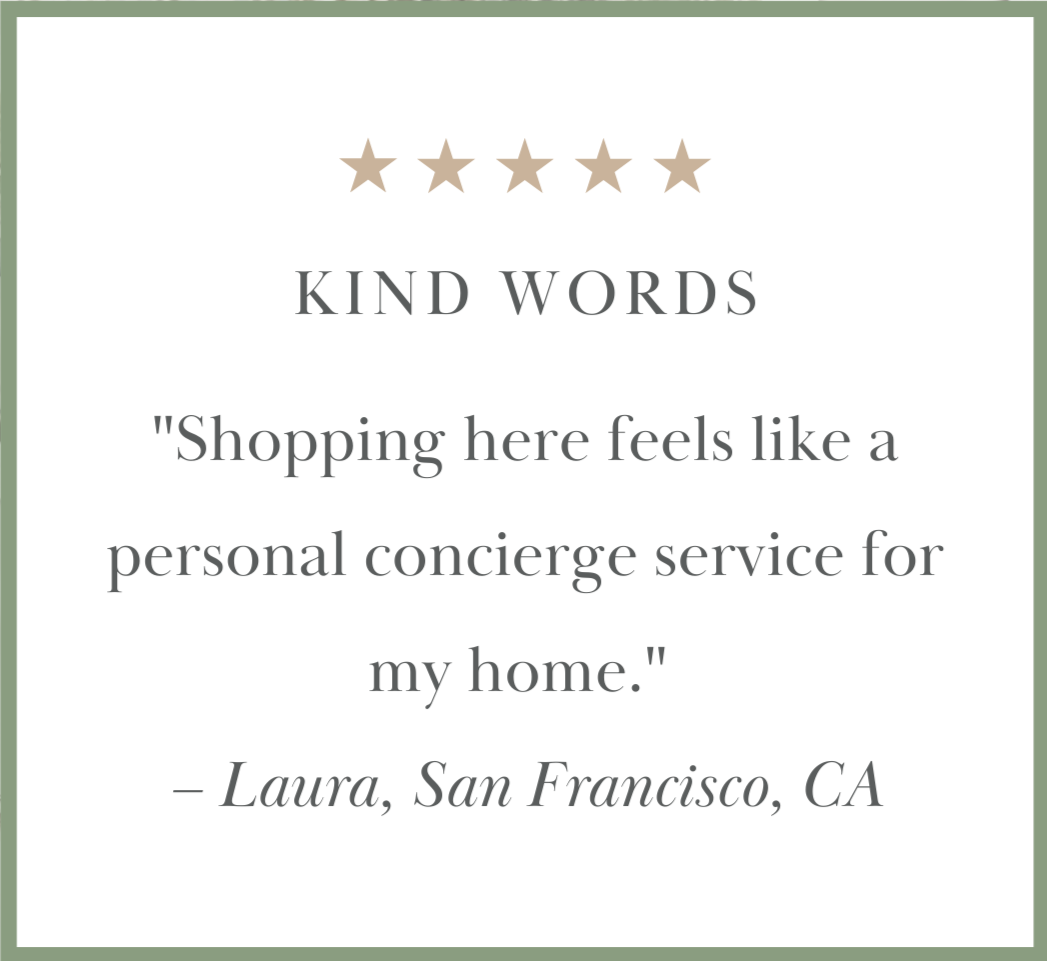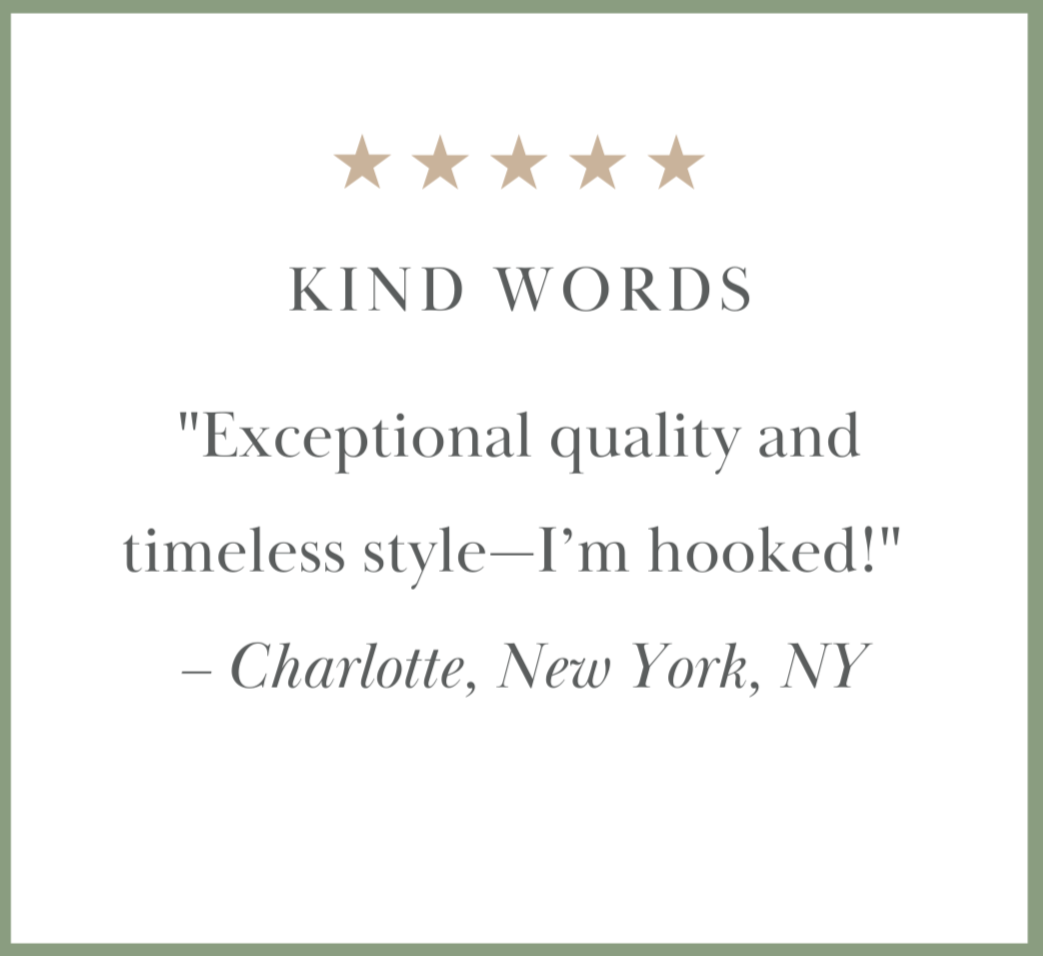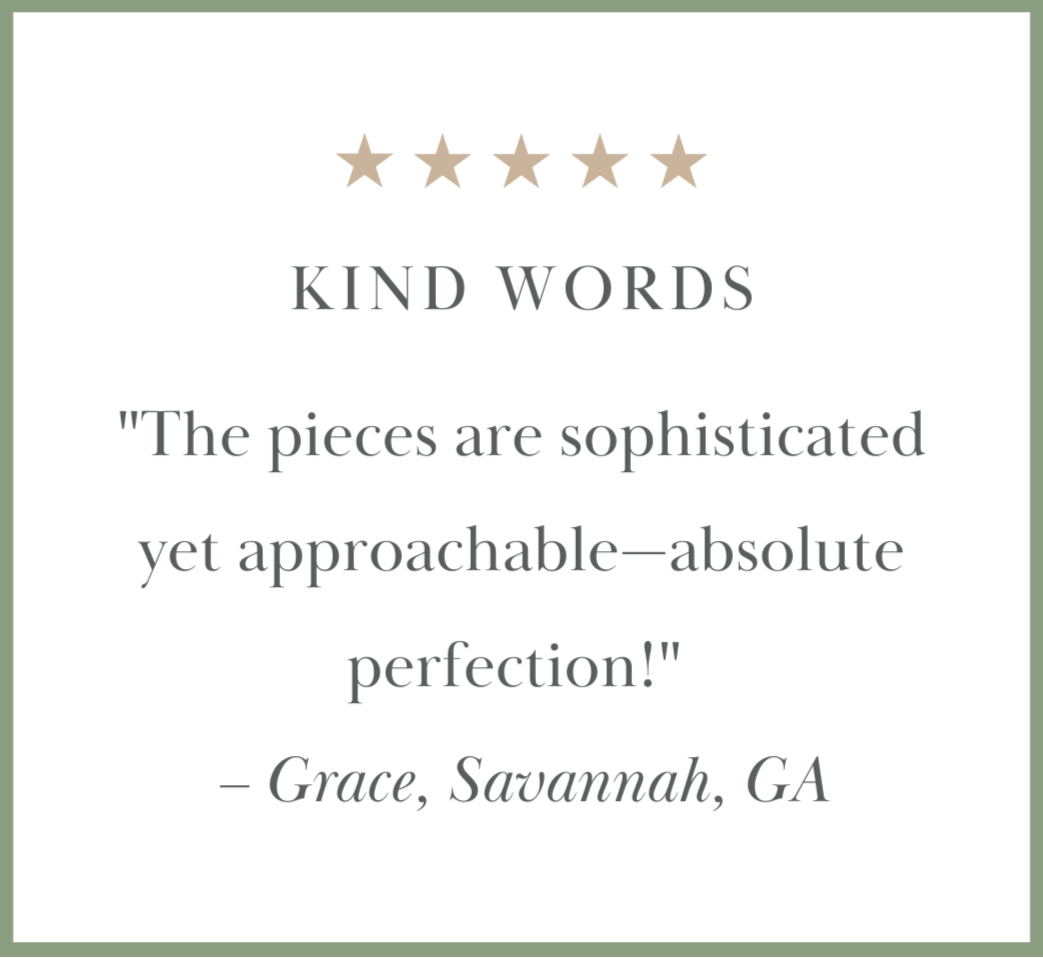How to Create a Pollinator-Friendly Garden
Today we will explore how to design a garden that not only blooms beautifully, but also supports bees, butterflies, and all the winged visitors that bring a garden to life.
There’s a particular joy in watching a butterfly land gently on a blossom or hearing the hum of bees weaving through lavender and mint. A pollinator-friendly garden is more than a visual delight—it is a quiet act of stewardship. In an age of over-manicured lawns, planting with intention becomes a gesture of love—for the planet, for beauty, for life itself.

Why Pollinators Matter
Bees, butterflies, and hummingbirds play an essential role in the world’s ecosystems. Without them, much of what we eat and grow would disappear. Creating space for them at home is a simple, elegant way to be part of something greater.
And the truth is: a garden that attracts pollinators is often the most beautiful of all.
Choosing the Right Plants
Pollinators prefer diversity, color, and fragrance. Start with a palette that delights both the eye and the insect.
Top Pollinator-Friendly Flowers:
-
Lavender
-
Coneflower (Echinacea)
-
Black-eyed Susan
-
Bee balm
-
Milkweed (especially for monarchs)
-
Salvia
-
Yarrow
-
Zinnias
Herbs They Love:
-
Thyme
-
Mint
-
Oregano
-
Basil
-
Chives
-
Dill
-
Fennel
Group flowers in clusters to help pollinators locate them easily. Choose a variety that blooms at different times to ensure your garden offers nectar from early spring to late fall.
Planting for the Seasons
-
Early Spring: Hellebores, crocus, snowdrops
-
Summer: Bee balm, zinnias, lavender
-
Late Fall: Sedum, goldenrod, asters
Each season can support a different species. Plan your planting like a layered wardrobe—seasonally intentional, gracefully evolving.
The Garden as Ecosystem
Avoid pesticides and herbicides. Use natural methods like companion planting and mulch to encourage balance.
Include water: A shallow bowl with pebbles and fresh water creates a simple pollinator bath.
Leave a little mess: A bare patch of earth or a decaying log is ideal for certain bees.
Let some things go to seed: Birds and bees will thank you.
Tools to Make it Easier
At The Mayfair Hall, we recommend investing in a few timeless gardening tools:
-
A well-made trowel and pruning shears
-
Elegant garden markers to track your planting
-
Seed kits selected for pollinator support
-
Beautiful planters that elevate the garden’s form and function
Reminders
-
Choose native plants whenever possible—they’re easier to care for and beloved by local pollinators
-
Cluster flowers together in odd numbers for a natural look
-
Provide food, water, and shelter—it’s all they ask
-
A good garden grows both flowers and a sense of peace
-
Let your garden hum—it means you’re doing something right
I am grateful for today
-
The sound of bees in the rosemary bush
-
The delight of a monarch’s visit
-
A garden that gives as much as it receives
From Our House to Yours,
Mrs. Mayfair
